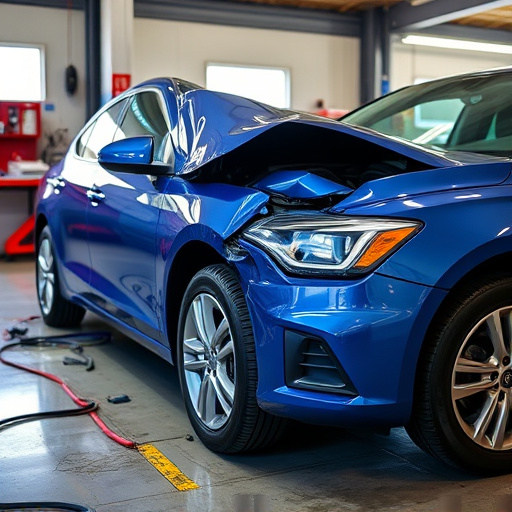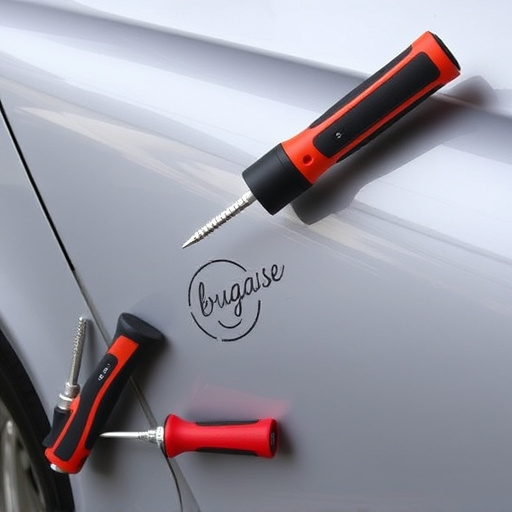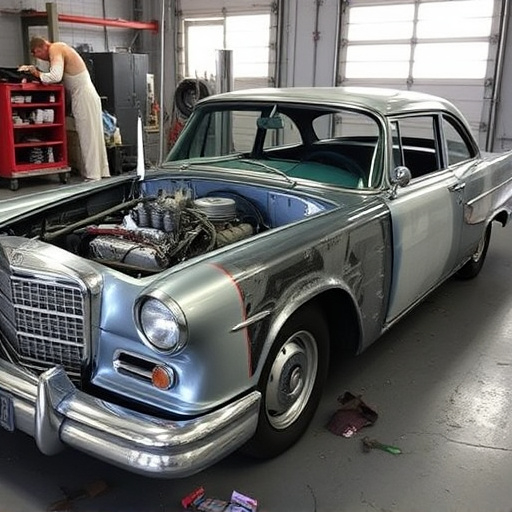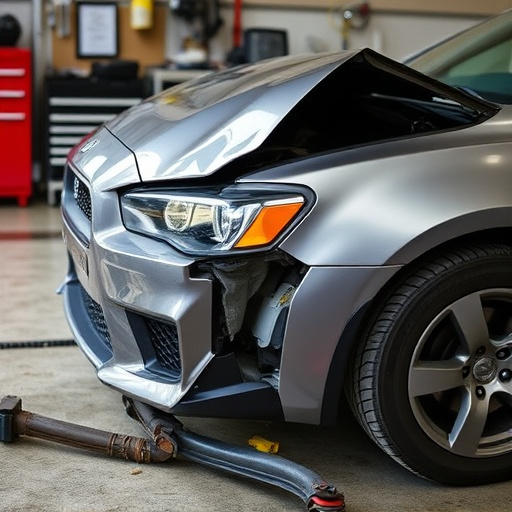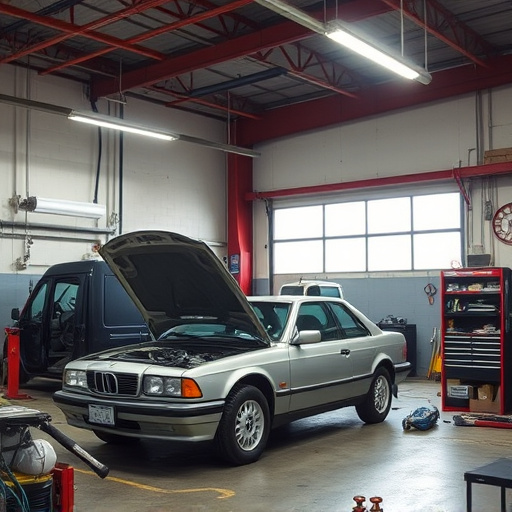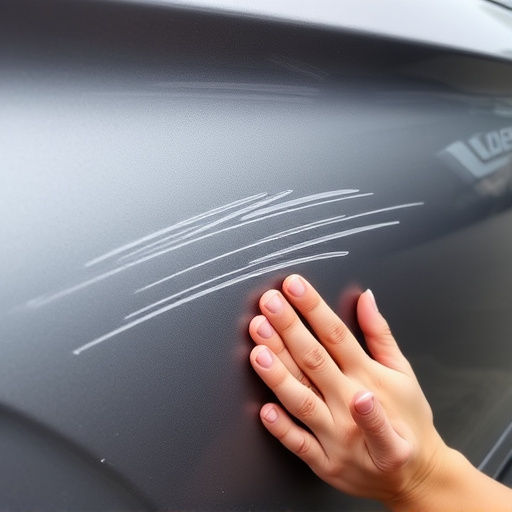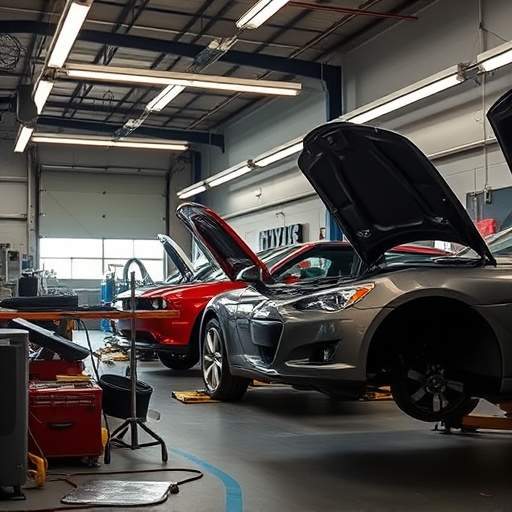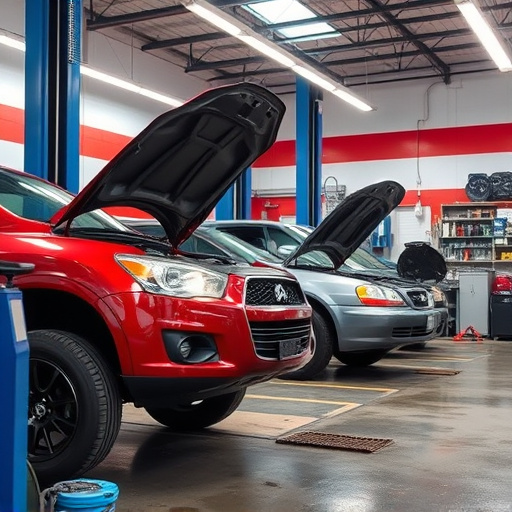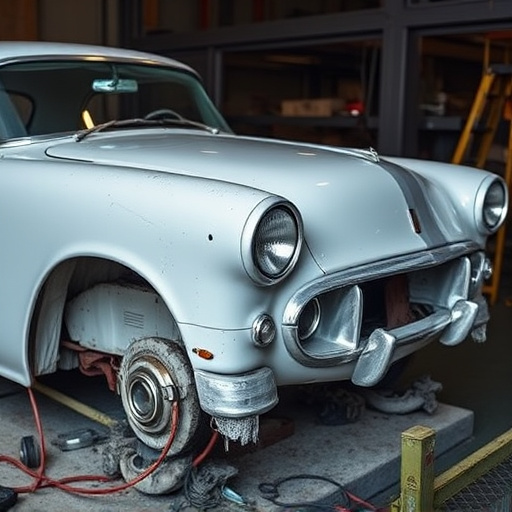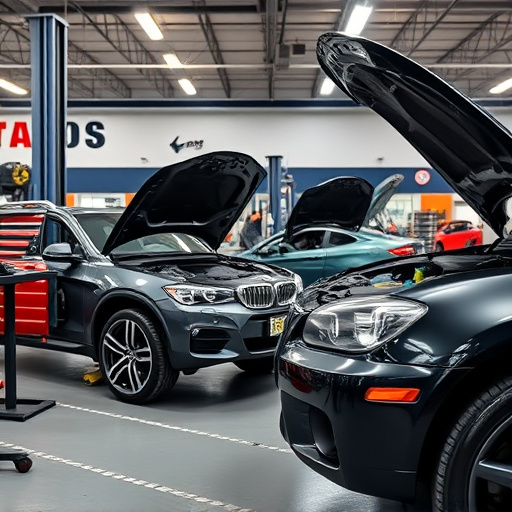TL;DR:
Before repairing an AC system after a collision, thorough assessments are crucial to identify damage ranging from punctured hoses to complex compressor issues. Safety protocols include structural integrity checks, leak detection, and protective gear for technicians. Advanced tools, frame straightening, and specialized repair techniques ensure the AC system is restored to optimal condition, prioritizing passenger comfort, safety, and environmental standards. AC system collision repair requires meticulous inspection, accurate rebuilding, and adherence to industry standards for efficient functionality and a safe driving experience.
After severe accidents, recovering an AC system’s functionality is crucial for passenger safety and comfort. This article delves into the intricacies of AC system damage assessment post-accidents, emphasizing safety measures that must be taken before any repair. We explore effective collision repair strategies tailored specifically for AC systems, providing insights to help professionals navigate these complex repairs successfully, ensuring optimal vehicle performance and passenger well-being. Key focus: AC system collision repair.
- Understanding AC System Damage After Accidents
- Assessment and Safety Measures Before Repair
- Effective Collision Repair Strategies for AC Systems
Understanding AC System Damage After Accidents
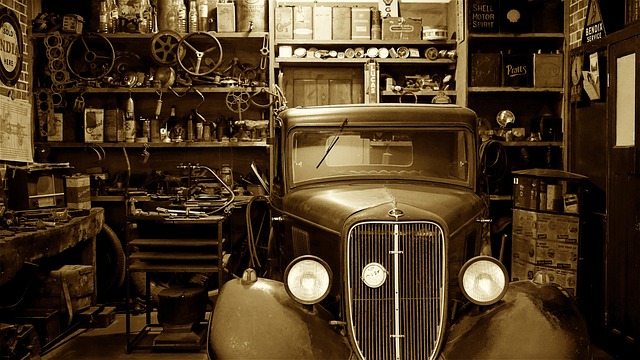
After severe accidents, understanding the extent of AC system damage is crucial before initiating any collision repair. The AC (air conditioning) system, often an essential component for comfort and safety during hot weather, can suffer significant harm from high-impact incidents. Damage may range from punctured hoses and compressed refrigerants to more complex issues like compressor malfunctions or even leaks that compromise the entire unit.
Accident-induced damage can complicate AC system collision repair, requiring a meticulous approach. Skilled technicians must inspect not only visible components but also identify potential internal issues. Techniques such as paintless dent repair, while primarily used for auto body painting, can be beneficial for minor dings and dents that might disrupt the system’s alignment or airflow. Effective recovery demands a comprehensive assessment to restore the AC system to its optimal condition, ensuring passenger comfort and safety without compromising environmental standards.
Assessment and Safety Measures Before Repair
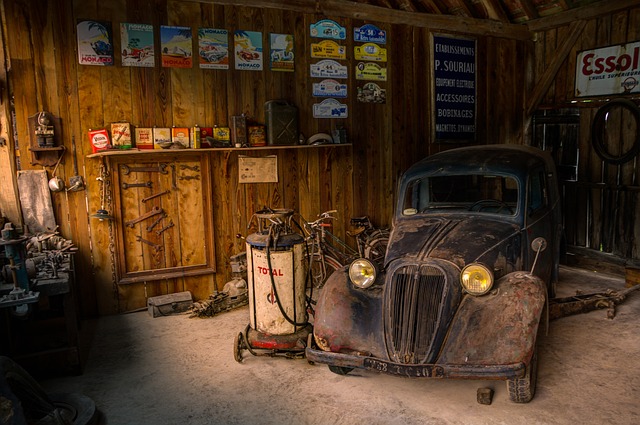
Before any AC system collision repair begins, a thorough assessment is crucial to ensure safety for both technicians and to prevent further damage. The first step involves inspecting the vehicle for structural integrity, especially around the AC components, as even minor shifts can impact cooling efficiency and safety. This includes checking for leaks, which could indicate compromised seals or hoses, and assessing the condition of the compressor, condenser, and evaporator coils.
Safety measures should be in place to prevent accidents during the repair process. Personal protective equipment (PPE) is essential, including gloves, goggles, and masks to protect against debris and harmful chemicals. Additionally, ensuring proper ventilation and grounding the vehicle are critical steps to mitigate risks associated with electrical systems and high-pressure refrigerants. A well-prepared vehicle body shop equipped with advanced tools for frame straightening and tire services can effectively handle AC system repairs while prioritizing safety.
Effective Collision Repair Strategies for AC Systems

After a severe accident, restoring an AC system to its optimal condition is paramount for both safety and comfort. Effective collision repair strategies for AC systems involve a meticulous process that begins with thorough inspection and diagnostics. Skilled technicians utilize specialized tools to identify damage, ensuring every component—from compressor coils to refrigerant lines—is in good working order. This rigorous assessment is crucial in mitigating potential leaks or performance issues post-repair.
In the realm of automotive repair, collision repair shops play a pivotal role in AC system collision repair. They employ advanced techniques and adhere to strict industry standards to rebuild and replace damaged parts. Car paint repair, another facet of the process, ensures not just functional restoration but also aesthetic perfection, restoring the vehicle to its pre-accident condition. Such comprehensive care guarantees that once the AC system is brought back online, it operates efficiently, providing drivers with a refreshing experience without compromising safety.
After severe accidents, recovering an AC system’s functionality is crucial for passenger safety and comfort. By understanding potential damage, assessing critical safety measures, and employing effective collision repair strategies tailored for AC systems, technicians can ensure these vital components are restored to their optimal state. For accurate AC system collision repair, adhering to industry standards and best practices is essential to guarantee both performance and reliability.
